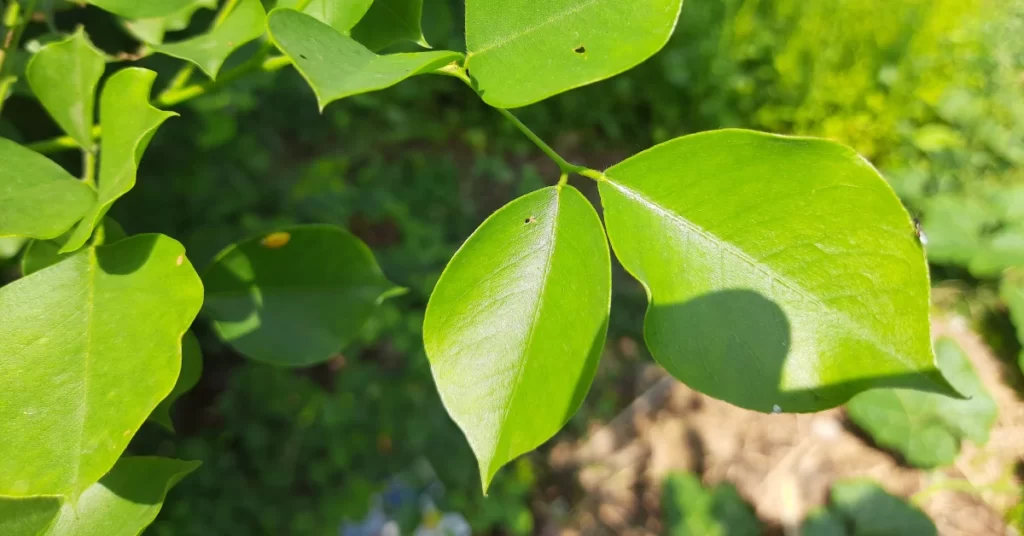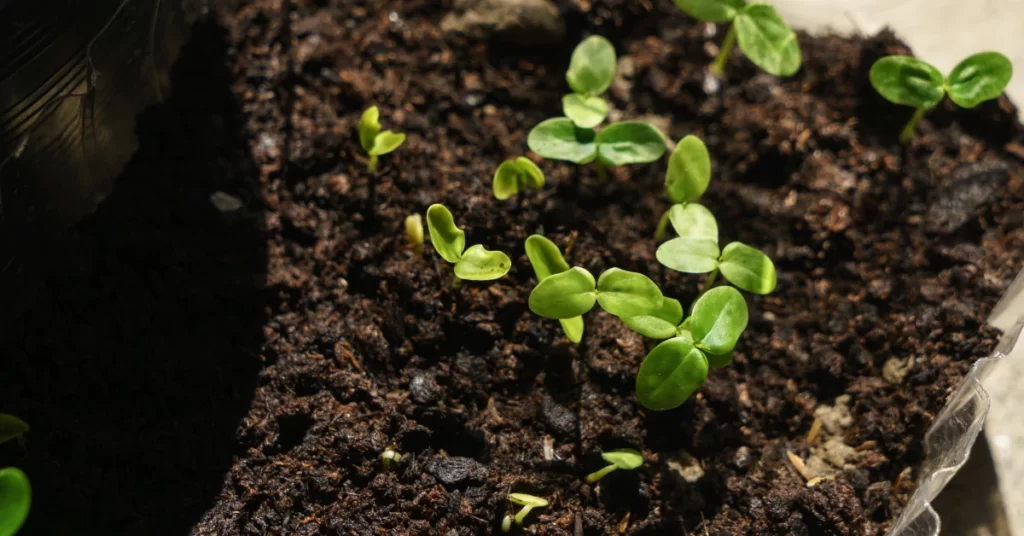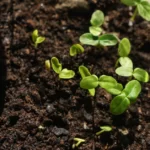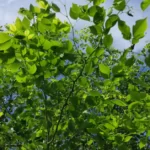Dalbergia sissoo, commonly known as Indian rosewood or shisham, is a medium to large deciduous tree species native to the Indian subcontinent. It is valued for its high-quality timber and has many medicinal uses. Dalbergia sissoo is also commonly grown as an ornamental shade tree and can make a beautiful addition to any landscape. With some basic care and favorable growing conditions, even novice gardeners can succeed at growing Dalbergia sissoo.
Overview of Dalbergia Sissoo

Description
Dalbergia sissoo is an upright, deciduous tree that typically grows to 66-115 ft (20-35 m) tall with a diameter of 3-6 ft (1-2 m). The leaves are alternate, pinnately compound with 3-5 leaflets. The leaflets are oval in shape with entire margins and pointed tips. Flowers are small and whitish-pink, borne on panicles. The fruit is a flat leathery pod 2-5 inches long. The bark is grayish brown with vertical fissures. Dalbergia sissoo has a long taproot and numerous surface feeder roots. The wood is golden brown with darker streaks.
Native Region and Climate
Dalbergia sissoo is native to the Indian subcontinent including India, Pakistan, Nepal, and Bangladesh. It grows naturally along riverbanks below 1300 ft (400 m) elevation where annual rainfall ranges from 25-200 inches (625-5000 mm). Dalbergia sissoo thrives in hot, humid environments and cannot tolerate frost or cold winters. It grows best in USDA hardiness zones 10-12.
Dalbergia sissoo Uses
Dalbergia sissoo timber is prized for furniture, carvings, and musical instruments. The leaves and stems are used in traditional medicine. Dalbergia sissoo medicinal uses as an antipyretic, astringent, and anthelmintic. It is also a source of quality firewood and charcoal. The tree provides good shade and its nitrogen-fixing roots improve soil fertility. Dalbergia sissoo is widely used for agroforestry, windbreaks, soil conservation, and reforestation projects.
Dalbergia sissoo leaves benefits/ Dalbergia sissoo medicinal uses
- Anti-inflammatory – Dalbergia sissoo leaves have anti-inflammatory properties that can help reduce swelling, pain, and redness. The leaves contain flavonoids like quercetin that inhibit inflammatory enzymes. This makes it useful for treating inflammatory conditions like arthritis.
- Antipyretic – Dalbergia sissoo leaf extracts have been shown to have antipyretic effects which reduce fevers and lower body temperature. The leaves can provide a cooling effect.
- Antioxidant – The leaves are a rich source of phenols and flavonoids which give Dalbergia sissoo leaves strong antioxidant capabilities. This helps counter oxidative stress and neutralize free radicals in the body.
- Wound healing – Dalbergia sissoo leaves have astringent and antimicrobial properties that help cleanse and disinfect wounds while promoting faster healing. Tannins in the leaves constrict tissue to reduce bleeding.
- Diuretic – The leaves have diuretic effects and increase urine output. This helps flush out toxins and excess water from the body. It may be useful for relieving urinary tract infections.
- Antidiabetic – Some research indicates Dalbergia sissoo leaf extracts can lower blood glucose levels in diabetic rats. The leaves may have antidiabetic effects for managing diabetes symptoms.
- Antimicrobial – Dalbergia sissoo leaves exhibit antimicrobial activity against certain bacteria, viruses, and fungi. The extracts may help fight infections when applied topically or consumed.
- Hepatoprotective – Compounds in Dalbergia sissoo leaves help protect the liver from damage and toxin exposure. The leaves may also support healthy liver function.
Growing Conditions

Dalbergia sissoo requires full sun exposure and fertile, well-draining soil to thrive. It also needs abundant moisture and warm temperatures.
Sunlight
Dalbergia sissoo grows best in full sun. It can tolerate partial shade but may not flower or fruit as well. Choose a planting site that receives at least 6 hours of direct sun per day. Morning sun is preferable to afternoon sun in hot climates.
Soil
Dalbergia sissoo grows well in rich, deep, alluvial soils such as those found along riverbanks in its native habitat. It prefers soil pH between 6.0-7.5. Avoid heavy clays that are prone to waterlogging. Improve drainage in clay soils before planting.
Temperature
Dalbergia sissoo thrives in hot, humid tropical and subtropical climates. It can tolerate temperatures up to 115°F (46°C). Growth may stop below 50°F (10°C). Extended cold below 25°F (-4°C) can kill the tree back. Temperatures below 15°F (-9°C) will kill the tree.
Water
Dalbergia sissoo needs regular irrigation to look its best. Soil should be kept consistently moist but not waterlogged. In dry climates, water young trees 2-3 times per week. Mature trees may only need monthly irrigation during the dry season. Provide extra water during flowering and fruiting periods.
Propagation

Dalbergia sissoo can be grown from seed or propagated from semi-hardwood cuttings.
From Seeds
Soak seeds in water for 24 hours before sowing to improve germination. Sow seeds 1⁄4 inch deep in containers or directly where the tree is to grow. Germination usually occurs within 8-20 days. Transplant seedlings when they are 1-2 ft (30-60 cm) tall.
From Cuttings
Take 6-12 inch (15-30 cm) cuttings from young branches in spring. Trim the leaves from the lower half of the cutting. Dip the end in rooting hormone then plant in potting mix. Keep the soil moist and provide bottom heat. Rooting should occur in 4-6 weeks. Transplant when roots are well established.
Care and Maintenance

A few simple care practices will keep your Dalbergia sissoo healthy and looking its best.
Fertilizing
Apply a balanced fertilizer or compost around the tree in early spring. Fertilize young trees monthly to encourage fast growth. Mature trees may only need fertilizing every other year.
Pruning
Prune Dalbergia sissoo in late winter to remove any dead or damaged branches and shape the canopy. Avoid heavy pruning that removes more than 30% of the crown. Do not prune heavily in summer.
Pest and Disease Control

Dalbergia sissoo has few serious insect or disease problems. Monitor for common issues like powdery mildew, leaf spots, stem borers, or scale insects. Prune out affected branches. Use organic neem oil as needed.
Harvesting
Harvest Dalbergia sissoo timber once the tree reaches maturity at around 40 years old. The best quality lumber comes from the main trunk of older trees. Harvest medicinal leaves and branches as needed but don’t over-harvest.
Conclusion
With its fast growth, attractive canopy, and valuable wood, Dalbergia sissoo is an excellent tree for tropical landscapes. Provide plenty of heat, sun, and moisture for this Indian rosewood and it will flourish. Growing your own Dalbergia sissoo can provide years of beauty, shade, and a sustainable supply of top-grade lumber.
FAQs
How fast does Dalbergia sissoo grow?

Dalbergia sissoo is a fast-growing tree, up to 8 feet per year when young. It can reach 40 feet tall in just 5 years under ideal conditions. Growth slows with age.
What is the best climate for Dalbergia sissoo?

Dalbergia sissoo thrives in the hot, humid tropics and subtropics. It needs temperatures between 68-104°F (20-40°C), high humidity, and abundant rainfall. It cannot tolerate frost or cold winters below 25°F (-4°C).
Does Dalbergia sissoo need full sun?

Yes, Dalbergia sissoo grows best in full, direct sun for at least 6 hours daily. Morning sun is preferable to afternoon sun in hot climates. It can tolerate partial shade but may not flower or fruit as well.
How often should I water Dalbergia sissoo?

Dalbergia sissoo needs regular irrigation to look its best. Water young trees 2-3 times per week and mature trees monthly during the dry season. Provide extra water during flowering and fruiting periods.
What pests and diseases affect Dalbergia sissoo?

Dalbergia sissoo has few serious pests. Occasional problems include powdery mildew, leaf spots, stem borers, and scale insects. Monitor regularly and prune out affected branches. Use neem oil if needed.
